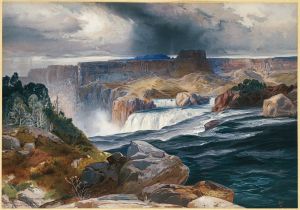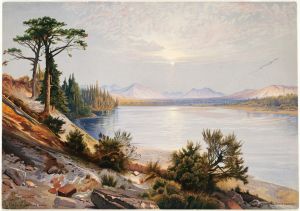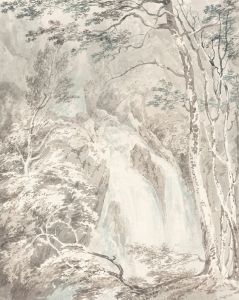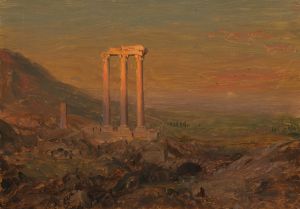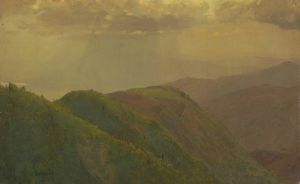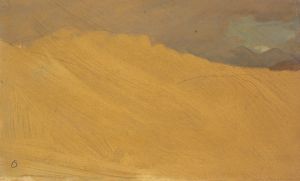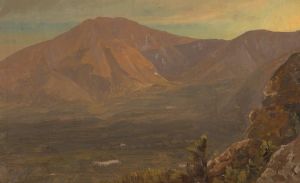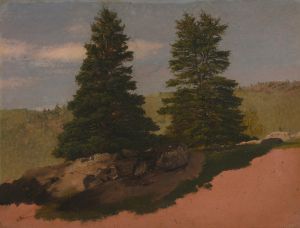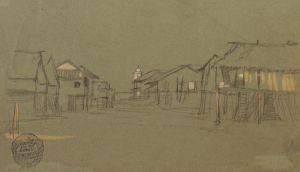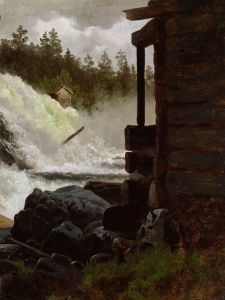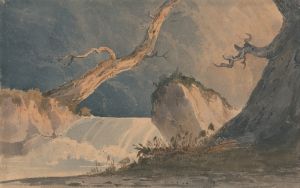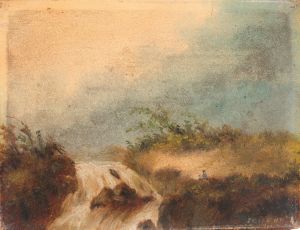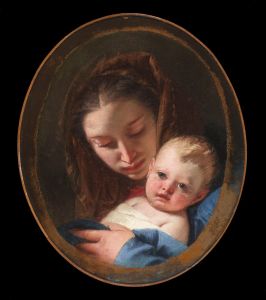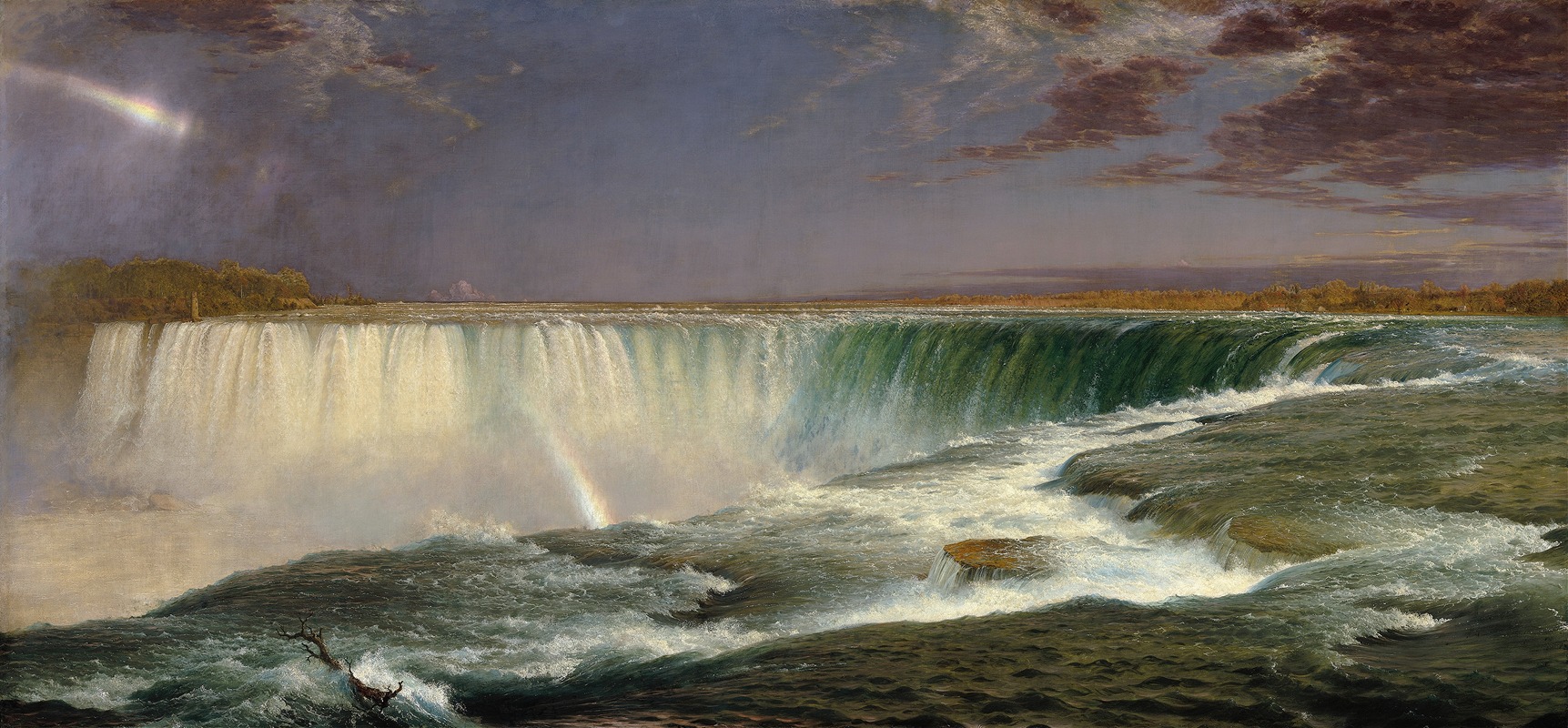
Niagara
A hand-painted replica of Frederic Edwin Church’s masterpiece Niagara, meticulously crafted by professional artists to capture the true essence of the original. Each piece is created with museum-quality canvas and rare mineral pigments, carefully painted by experienced artists with delicate brushstrokes and rich, layered colors to perfectly recreate the texture of the original artwork. Unlike machine-printed reproductions, this hand-painted version brings the painting to life, infused with the artist’s emotions and skill in every stroke. Whether for personal collection or home decoration, it instantly elevates the artistic atmosphere of any space.
Niagara is a celebrated oil painting created in 1857 by the American landscape artist Frederic Edwin Church. Known for his association with the Hudson River School, Church was renowned for his detailed and dramatic depictions of natural landscapes. This particular work captures the grandeur and power of Niagara Falls, one of North America's most iconic natural landmarks.
The painting measures approximately 40 x 90 inches (101.6 x 228.6 cm) and is notable for its panoramic format, which emphasizes the vastness and majesty of the falls. Church's composition focuses on the Horseshoe Falls, the largest and most dramatic section of Niagara Falls, located on the border between the United States and Canada. By omitting any human figures or man-made structures, Church directs the viewer's attention entirely to the natural spectacle, highlighting the sublime beauty and raw power of the cascading water.
Church visited Niagara Falls multiple times in the 1850s, making sketches and studies that would inform the final painting. He was particularly interested in capturing the interplay of light, water, and mist, which he rendered with meticulous attention to detail. The painting's luminous quality is achieved through Church's mastery of light and color, creating a sense of movement and energy that draws the viewer into the scene.
When Niagara was first exhibited in 1857 at the New York City gallery of Williams, Stevens, and Williams, it was met with widespread acclaim. The painting attracted large crowds and solidified Church's reputation as one of the leading landscape painters of his time. Its success was partly due to the public's fascination with Niagara Falls as a symbol of the sublime and the untamed beauty of the American wilderness. The painting also resonated with the growing sense of national pride in the United States during the mid-19th century.
Niagara was later exhibited in London, where it continued to receive praise from critics and audiences alike. The painting's international reception underscored its universal appeal and the global interest in the natural wonders of the Americas. Today, Niagara is part of the collection of the Corcoran Gallery of Art, which is now under the stewardship of the National Gallery of Art in Washington, D.C.
Frederic Edwin Church's Niagara remains a landmark work in the history of American art, celebrated for its technical brilliance and its ability to evoke the awe-inspiring power of nature.





